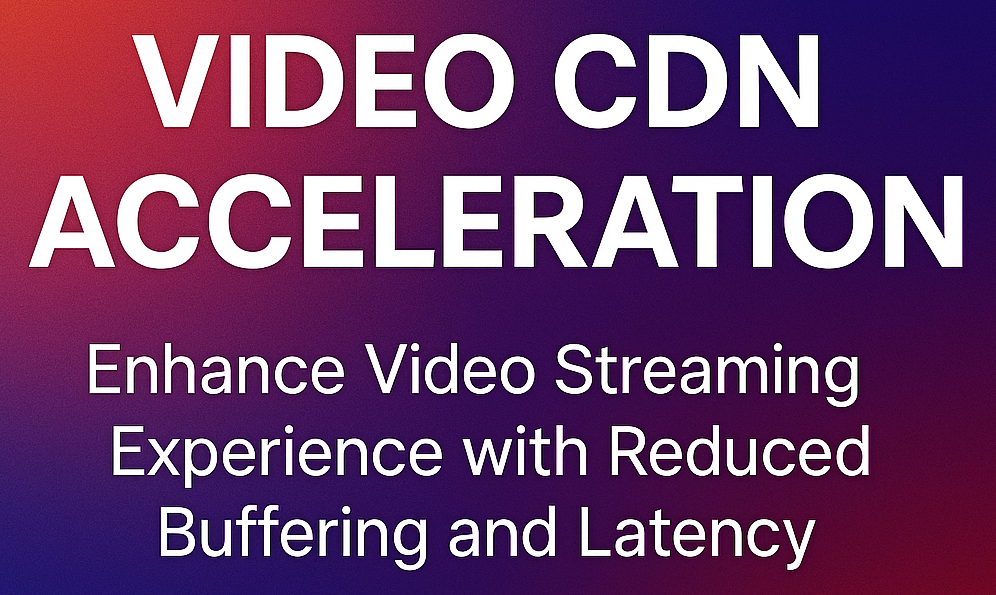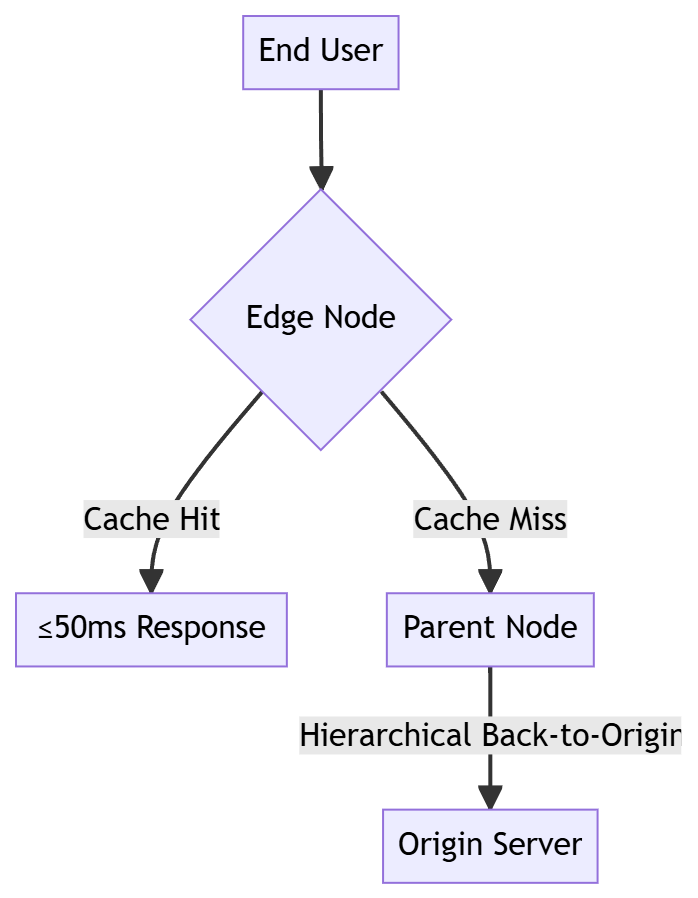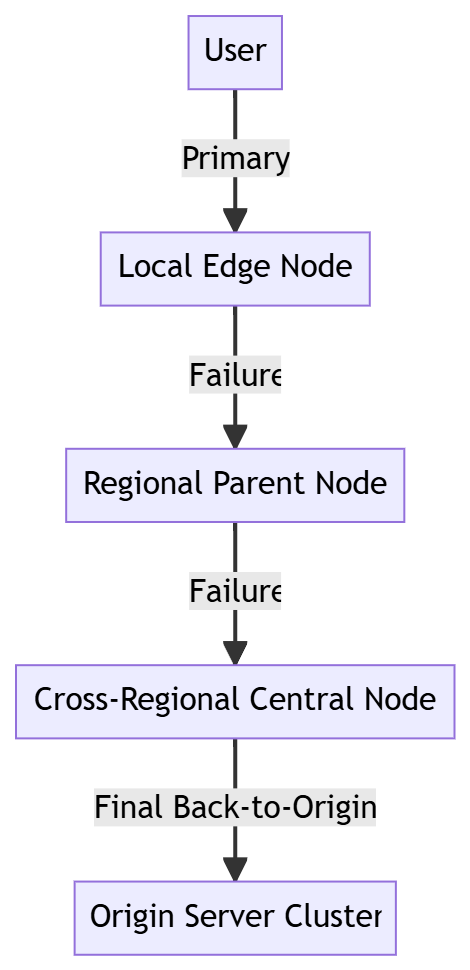No products in the cart.
Leverage advanced video CDN acceleration technologies to deliver fast, smooth video streaming with minimal buffering and latency. Ideal solutions for live streaming and on-demand platforms.

Video CDN Acceleration Architecture: Practical Guide for Achieving Millisecond-Level First Frame and Zero Buffering
Edge Node Distribution Mechanism
Hierarchical Caching Structure

# Example of CDN pre-warming via API
curl -X POST https://api.cdn-provider.com/preload \
-H "Content-Type: application/json" \
-d '{"urls": ["https://cdn.CDN5.com/video_4k_v3.mp4"]}'Prior to releasing fresh content, you should keep global edge nodes running for 4 hours.
The reach should include more than 95% of those region nodes that are targeted.
Live Stream Pre-Distribution Use RTMP/RIST to push streams to CDN entry nodes. Configure edge node real-time synchronization protocols (e.g., CMAF Chunked Transfer). Ensure first-frame arrival time under 800ms (for cross-continental scenarios).
Use RTMP/RIST to push streams to CDN entry nodes.
Configure edge node real-time synchronization protocols (e.g., CMAF Chunked Transfer).
Ensure first-frame arrival time under 800ms (for cross-continental scenarios).
| Content Type | TTL Policy | Naming Convention | Notes |
|---|---|---|---|
| VOD Main Files | 30 days (max-age=2592000) | /videos/{title}_v{hash}.mp4 | Versioned URLs for forced refresh |
| Playlist Files | 300s (HLS/DASH) | /manifests/stream_TimeTime.m3u8 | Timestamp for dynamic generation |
| Video Segments | 7200s | /chunks/segment_NumberNumber.ts | Use LRU cache eviction |
| Dynamic API Responses | 0 (No Cache) | /api/* | Use intelligent routing for back-to-origin |
| Scenario | Recommended Protocol | Latency Target | Compatibility Requirements |
|------------------|----------------------|---------------|---------------------------|
| VOD | HTTPS/HTTP2 | <2s first frame | Cross-platform |
| Regular Live Streaming | LL-HLS | 3-5s | iOS/Android |
| Ultra-Low Latency Live | WebRTC+QUIC | <1s | Supports SIMULCAST |
| Large File Download | HTTP3 | Max bandwidth | Supports 0-RTT | # CDN Edge Node Configuration Example
quic_retry_token_timeout 60s;
quic_max_idle_timeout 300s;
quic_gso on; # UDP Segmentation Offload
quic_bbr on; # Congestion Control Algorithm
(2) Core Monitoring Metrics
Quality of Experience (QoE)First Frame Time (FFT) ≤ 1.5sStall Rate < 0.5%Buffer Duration Ratio ≤ 1.2%
First Frame Time (FFT) ≤ 1.5s
Stall Rate < 0.5%
Buffer Duration Ratio ≤ 1.2%
System HealthEdge Node CPU Load < 60%Cache Hit Ratio > 92%Back-to-Origin Bandwidth Peak < 20% of Total Bandwidth
Edge Node CPU Load < 60%
Cache Hit Ratio > 92%
Back-to-Origin Bandwidth Peak < 20% of Total Bandwidth
4. Advanced Optimization Directions
(1) Intelligent
# ABR Algorithm Example
def adaptive_bitrate(user):
throughput = measure_throughput() # Real-time throughput monitoring
buffer_level = get_buffer() # Player buffer level
if throughput > 5 * current_bitrate and buffer_level > 15s:
return MAX_BITRATE # Bitrate increase
elif buffer_level < 5s:
return MIN_BITRATE # Ensure smooth playback
else:
return OPTIMAL_BITRATE # Maintain stability
End User -> Edge Node[Transcoding/Watermarking/Encryption] -> DistributionAI Inference Acceleration: Execute efficient NN models on edge devices for content verification in real-time.
5. Key Implementation Checklist
Operational Recommendations: Every month, perform a CDN configuration audit, and address cache strategy effectiveness; also every three months, carry out real-user QoE measurements in multiple regions to assess routing algorithm suitability.
Note: This manual is based on the best practices of a medium video platform with a million user daily active accounts. You might want to adjust specific parameters to the business traffic models and real-world testing.